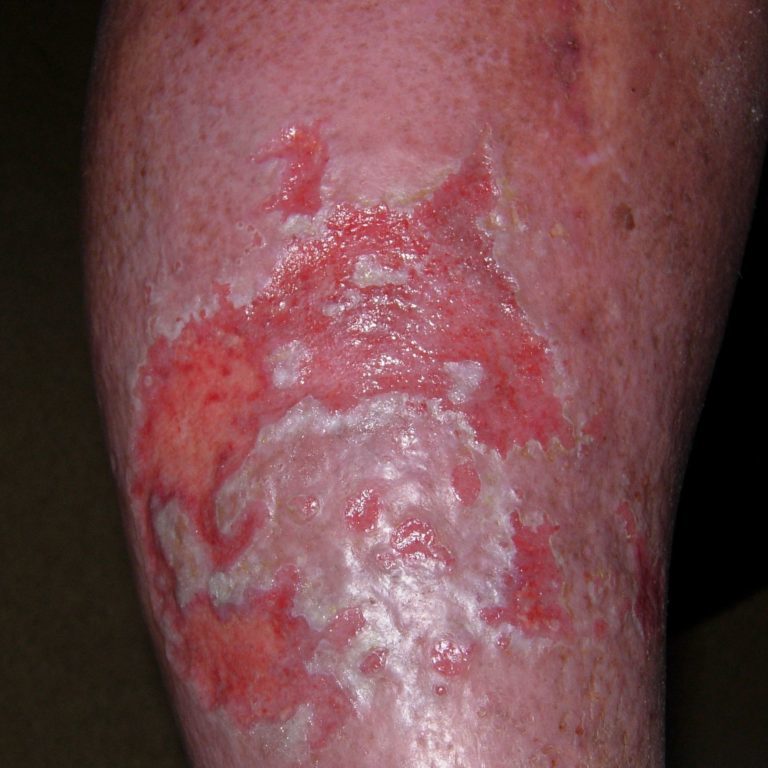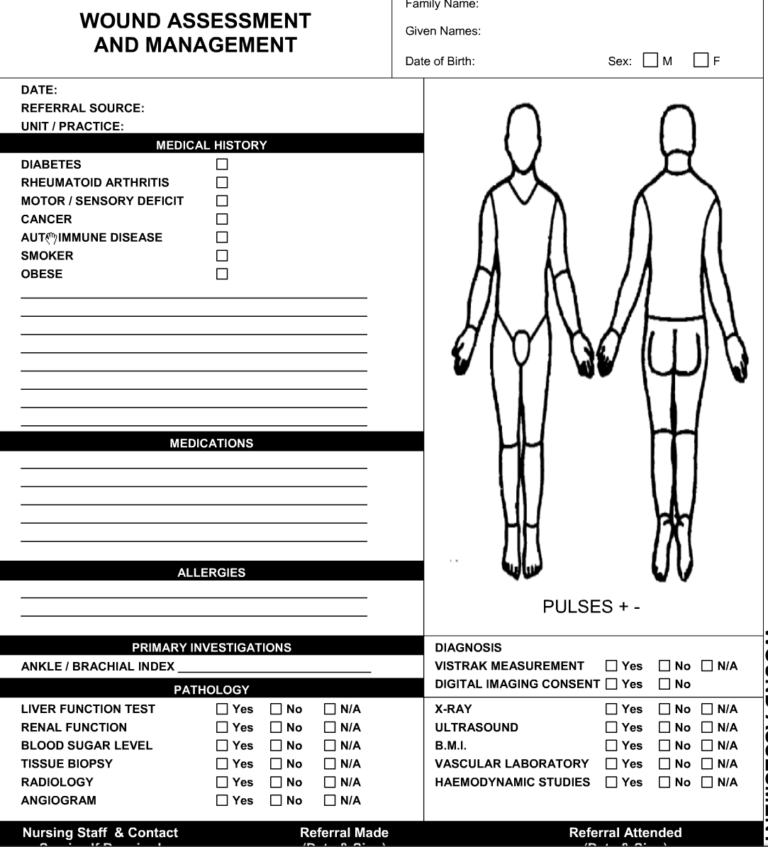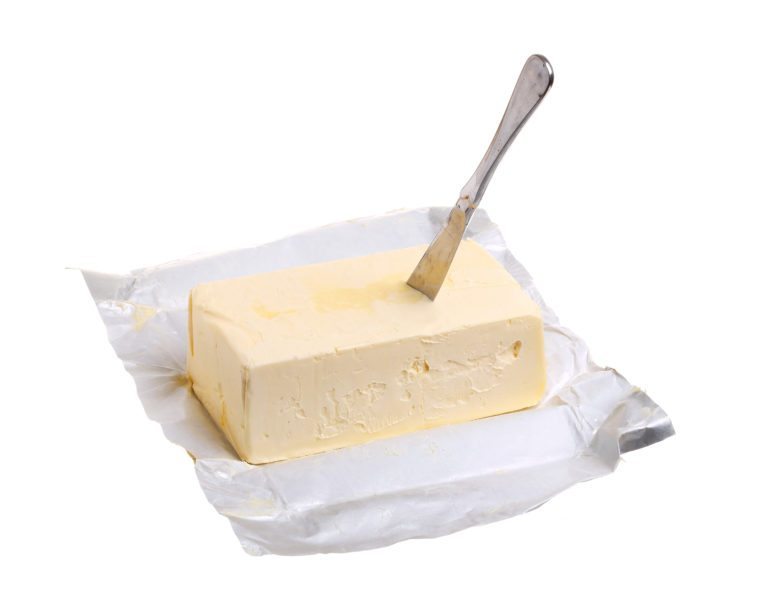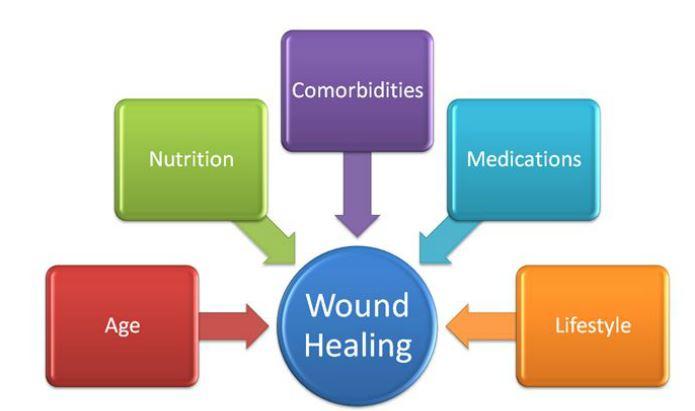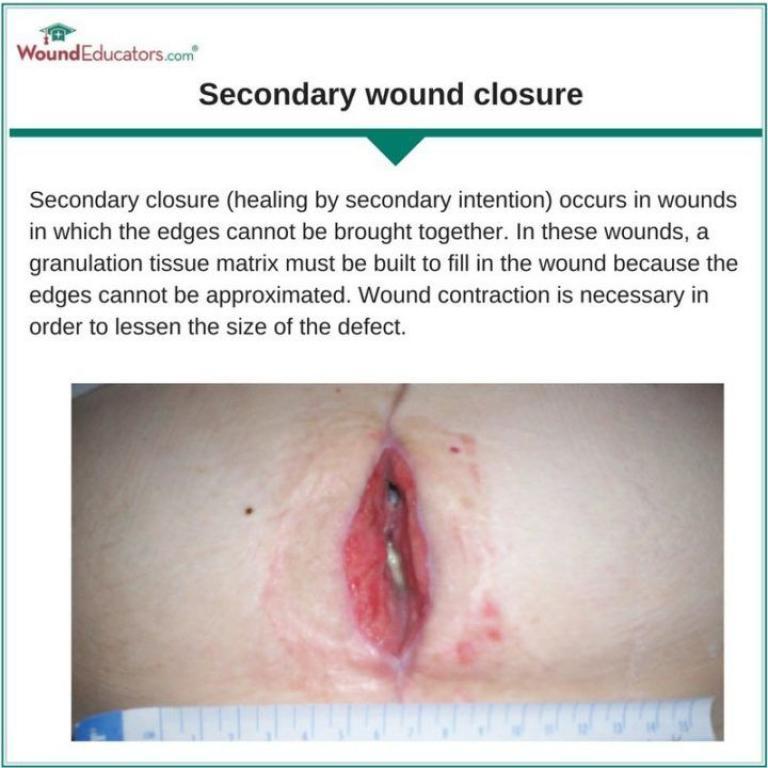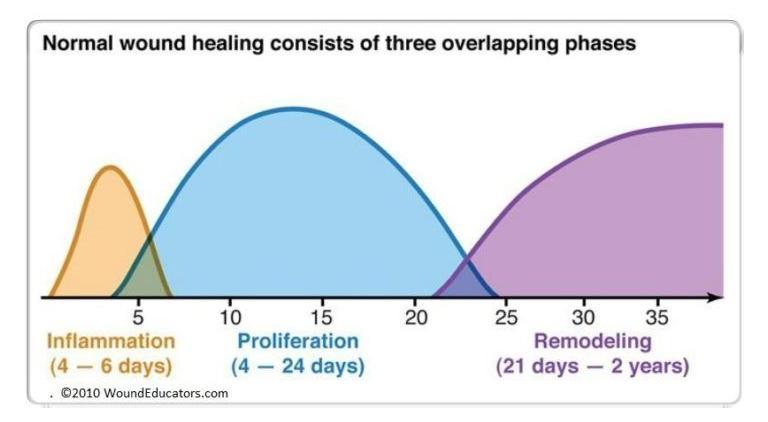Wound Assessment: Assessing the Periwound and Surrounding Skin
In addition to noting the characteristics of the wound itself, clinicians should also examine the periwound and the surrounding skin, comparing this tissue to the skin outside the affected area, as well as comparing the opposite (contralateral) side where possible. Structure and Quality When assessing the periwound and surrounding skin, the following should be noted:…

